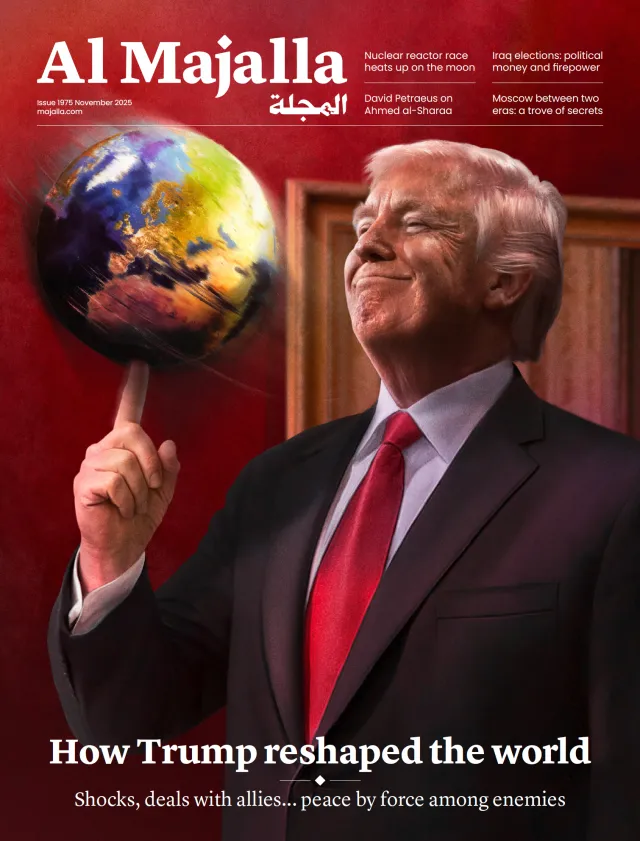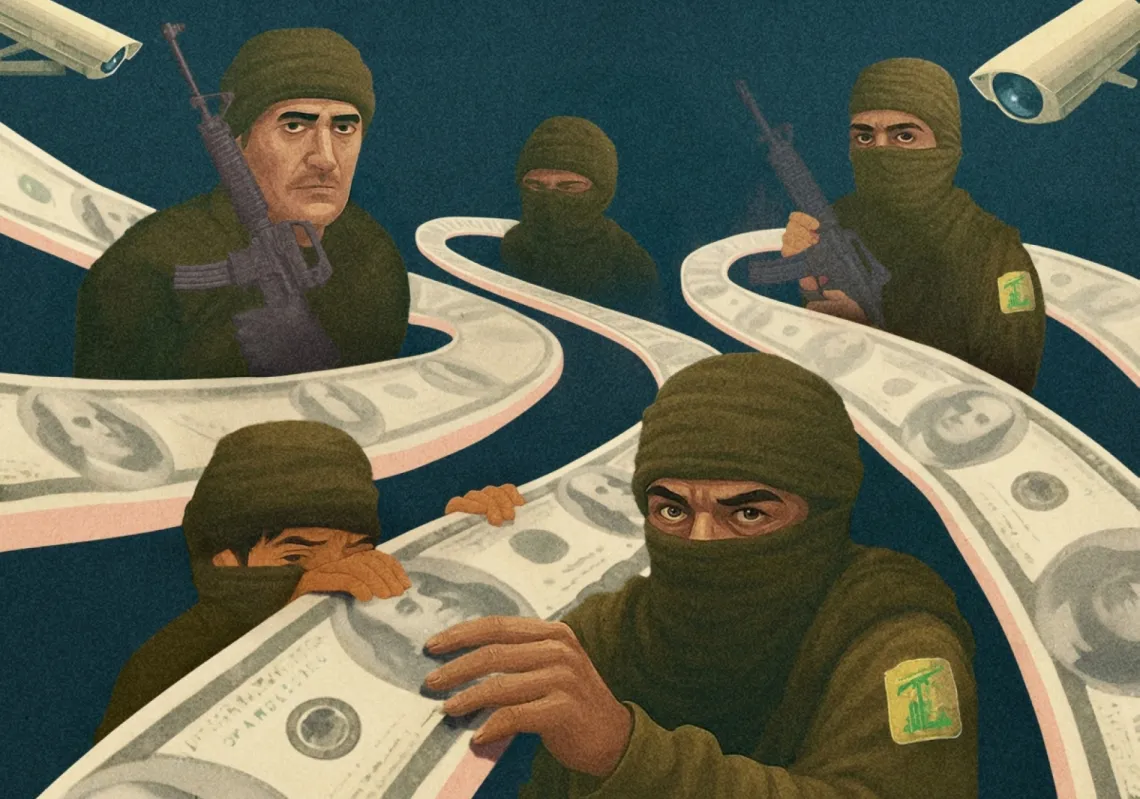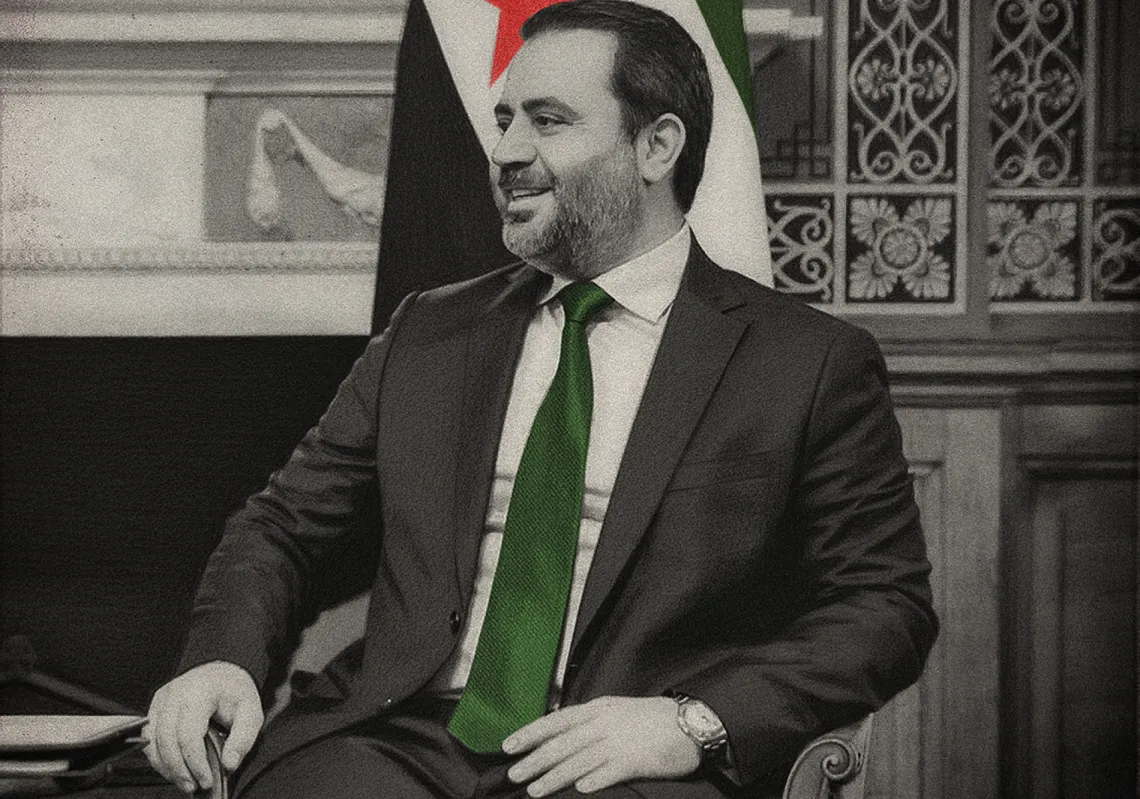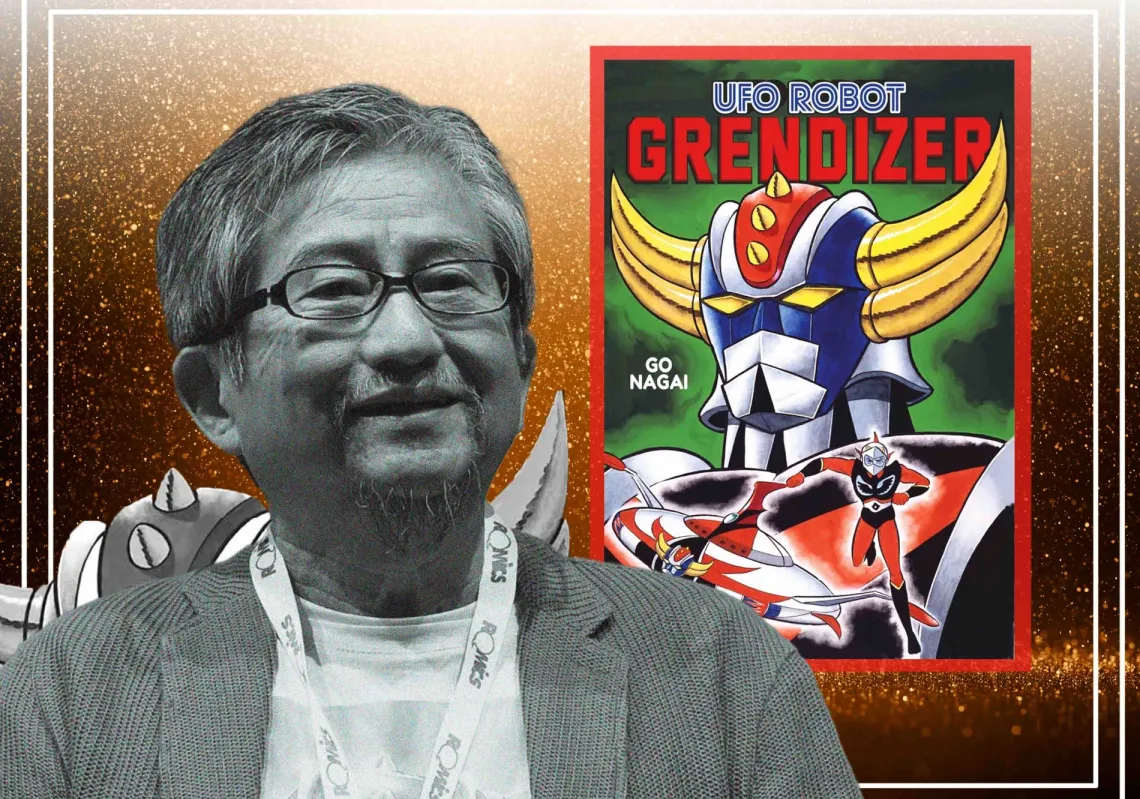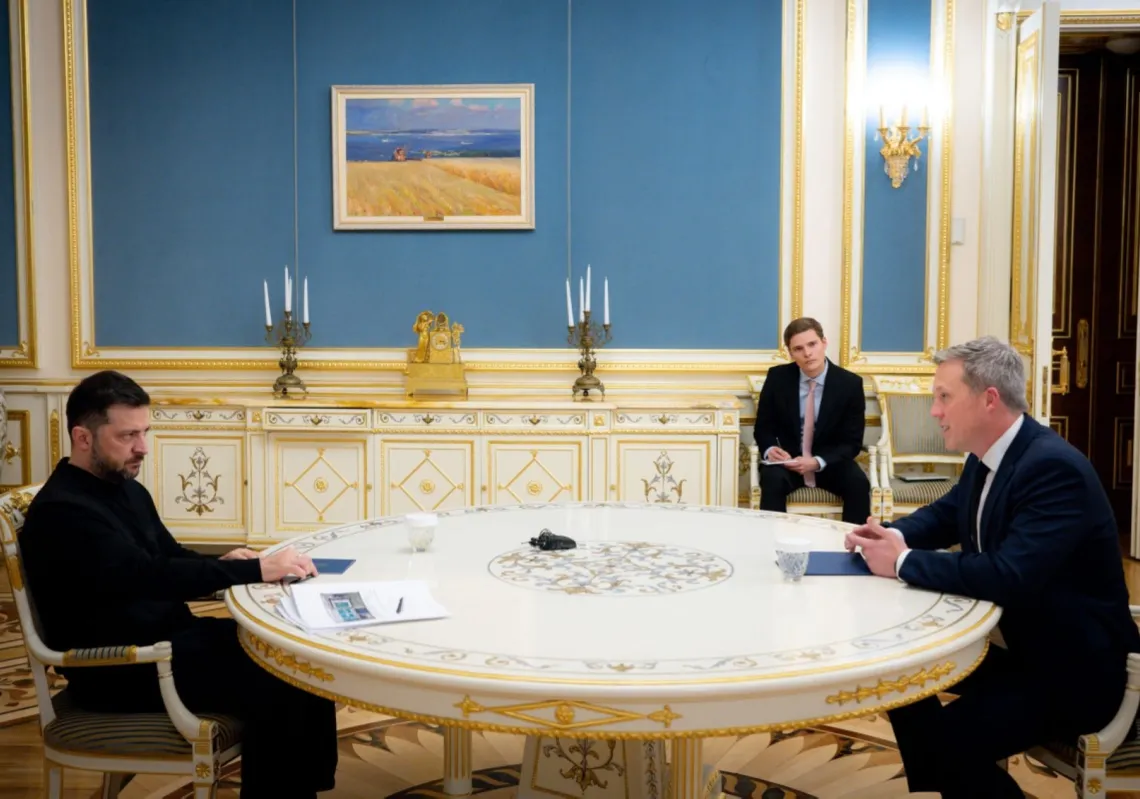Hader, Quneitra Province: A convoy of Lebanese-registered vehicles carrying members of the Druze community from across the border snaked through the winding roads of Hader on 4 January. The shiny, expensive vehicles contrasted sharply with the shops and homes lining the streets of this poorer Druze-majority town in southern Syria, surrounded by rocky terrain and farmland.
High above on snow-capped parts of Jabal al-Sheikh, observation points were visible; below, the population were tired after weeks of uncertainty and “temporary” Israeli occupation. The ‘Mountain of the Sheikh’ cluster, known as Mount Hermon in Hebrew, is the dominant feature on the horizon of this land so coveted for its natural resources and geographical position.
The Golan Heights, from which over 100,000 Syrians are widely believed to have fled after Israel initially took over the area in 1967, provides a significant portion of Israel’s water supplies. The UN has condemned the Israeli occupation of parts of the Golan Heights for decades in different resolutions, starting with Resolution 242 in 1967.
Though the part of the Golan Heights on the western edge of the village is officially part of a UN-observed demilitarised zone known as the Area of Separation (AoS), this did not stop Israel from taking more land in recent weeks after a dictatorship lasting over 50 years by the Assad family was removed from power following a lighting offensive by opposition forces.
Israel claims it is in this territory solely for security reasons and that its presence is temporary. And though it has, since its initial early December violent push farther into Syrian territory, apparently reduced its presence here, Israel’s history of flouting UN resolutions and building settlements from which it refuses to move leaves many here with a sense of unrelenting terror that their homes and families will also be displaced.

They have little faith that the UN will be able to stop any other attempt by its powerful neighbour to the West to occupy more land, including theirs, and they do not feel the current government is strong enough to prevent Israel from essentially doing whatever it wants.
Al Majalla did not encounter any Israeli checkpoints during its stay in the town but was warned that plainclothed Israeli soldiers were believed to be in the area. Israeli vehicles continue to enter and conduct patrols, residents say.
From the observation point overhead on Jebel al-Sheikh, as Israel Hayom reported from the area in an article with triumphant overtones published on 23 January following the “first media tour of this strategically vital foothold”, “Damascus lies visible just 15 miles from the peak. The northern view sweeps across Lebanon's Bekaa Valley, the strategic Syria-Lebanon frontier, the Shouf mountains, and nearby, the Mount Dov region and Shebaa Farms.”
‘We don't feel safe'
After making their way through the farmland of this water-rich and fertile area of Syria, the scores of Lebanese Druze men in long, flowing black robes and white-turban-wrapped tarbushes arriving in Hader were greeted by multitudes of the town’s inhabitants outside their homes.
The visit was to pay their final respects to an esteemed member of the community who had recently died; however, it also served as a welcome moment of jubilation after weeks of fear and occupation. Young children and the elderly waved and recorded the moment on their phones. Men careened through the streets on motorbikes with the colourful Druze flag yelling and singing, some of them armed. Women, for the most part, stayed to the sides, some without headscarves but most also in long black robes with flowing white veils, some of which covered the lower half of their faces.

Unlike across much of the rest of Syria following the 8 December takeover of most of the country by opposition forces, here the population remains cannot plan for a future that may be taken away from them at any moment, they say: their farmland and homes do not feel safe.
Multiple homes had in recent weeks been broken into and occupied by Israeli soldiers, residents of the town told Al Majalla. When heading towards one that had been occupied, I was warned by a man on a motorbike pointing out the direction that “those vehicles are Israeli” in relation to several vehicles heading west.
The rapid shift in his expression from welcoming and confident to pale and terrified was visible. Nonetheless, he accompanied me to the home that had been occupied. He noted that Israel had had checkpoints in Hader for several days following the 8 December takeover of the country by opposition forces but that there were, for the time being, none here any longer.
In November but prior to the start of the Syrian opposition operation that ultimately led to the takeover of the country, the BBC reported that it had filmed construction near the town of Majdal Shams and that Israeli army spokesman Lt Col Nadav Shoshani had told the broadcaster that the trenches “were designed to protect against infiltration by Iran-backed groups in Syria and did not break the ceasefire agreement.”
After opposition forces pushed out Iran-backed groups, however, Israel proceeded to take over more land.
“We do not want war with Israel or any country. We told Israel to stop, and if it continues, we will apply pressure,” Syrian leader Ahmed al-Sharaa has said.

Hebrew graffiti
Stickers and graffiti in Hebrew remained on the walls of one of the homes that had been occupied and damaged in Hader. Dozens of bottles of water with Hebrew writing remained piled in the kitchen.
On 22 January, a native of Hader, currently in Damascus, told Al Majalla that some members of the Druze community from the occupied areas had managed to cross into Hader for a short time, accompanied by an Israeli officer, in recent days.
Though usually residents of those areas are required to undergo a time-consuming and arduous permission process that often effectively prevents people from visiting friends and relatives in the area, he said that they had been allowed to cross in order to fix water pipes since the Israelis had damaged them when entering the areas with their tanks and that they were afterwards forced to return to the occupied areas.
Relatives and friends living in a nearby area whose homes had been occupied and damaged by the Israeli forces during the occupation of the area, the Hader native said, had told him that the Israelis had offered compensation for the damage done but that the homeowners had refused the money.
The Israelis had asked to visit a Druze sheikh from the area, but the sheikh had also refused this, he claimed.
“The general attitude,” he opined, “is that we are Syrians. This is our land. We have sacrificed for it. Our brothers and sisters and parents have died to keep this land as part of Syria, and we will never betray this.”
He called the latest actions part of an attempt by Israel to use “soft power”, noting that they are “targeting not only Hader but other Druze villages” and that he is highly concerned that such actions are part of a broader strategy aiming to isolate Hader and exacerbate existing tensions between the Druze and Sunni Arab communities.

Targeting Hader, he claimed, could be part of this strategy since it is a Druze-majority town with several Sunni Arab-majority towns nearby with which blood feuds between families date back decades.
The man noted that, nonetheless, he had taken a longer route to the town to avoid Sunni Arab-majority villages since he is Druze and had not been back in many years. However, he was pleasantly surprised that the only checkpoint he encountered on the way back when he took a more direct route was manned by a friendly soldier from the new administration.
The Hader native stressed that he is highly suspicious of Israel’s “goodwill gestures” in this period and dreads what might happen if it were to instigate or take advantage of acts that could divide the various communities in the area.
A history of harm
The Golan Heights has been partially occupied by Israel since 1967. Syria attempted to reclaim the area in the 1973 war but failed to do so. The ceasefire boundary between Israel and Syria since then has consisted of the Alpha Line to the west and the Bravo Line to the east, between which is an AoS in which only UN forces are supposed to operate.
“This buffer zone came into force on 26 June 1974,” noted a Syrian originally from Majdal Shams in a conversation with Al Majalla in late January.
In the buffer zone area “of villages between Majdal Shams and Hader,” he said, “the occupation forces took control of many houses located on farms on the evening of 8 December and remained there until 19 December, when they withdrew from them. However, they kept control of three houses” there and are still occupying them, he said.

An unverified video allegedly of Hader residents that was circulated in December and given coverage in Israeli media outlets claimed some members of the community were calling for the town to be “annexed” by Israel as it would be “the lesser evil” compared with being ruled by “jihadists”.
While in Hader, Al Majalla was told by one elderly man that “we have extremists among the Druze, as well” and that “some are even more extreme” than other ethnic and religious groups in the country. However, he stressed that Syria, in general, is a “highly tolerant country”.
He said that he had tentative faith in the new government in Syria despite some of its members’ historical links with Sunni extremist factions. Like others in the village and the surrounding area, he asked that his name not be used out of security concerns.
In looking up at the mountain cluster and the observation point far above, his wife told Al Majalla in parting ways that Jabal al-Sheikh is “muhajaba”: protected by her white hijab of snow, wary of those that might harm her.

